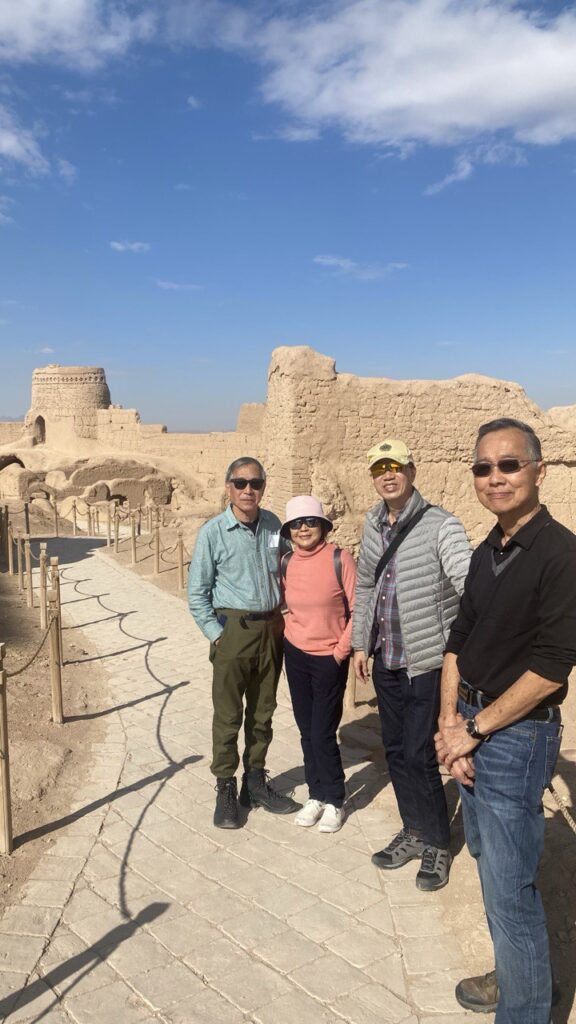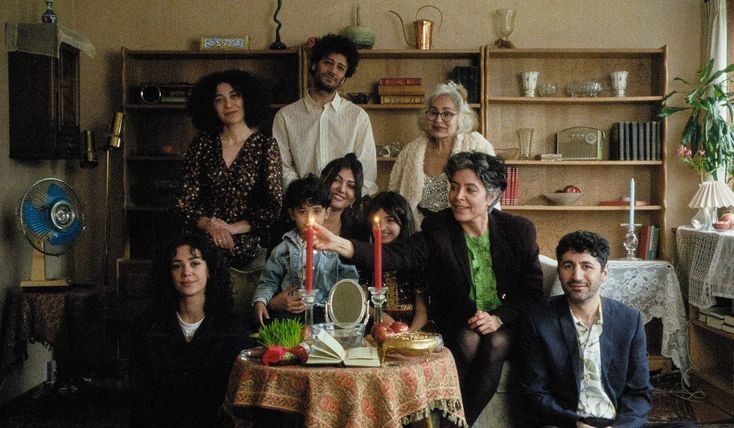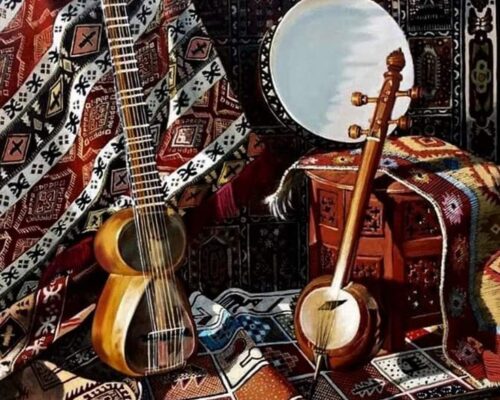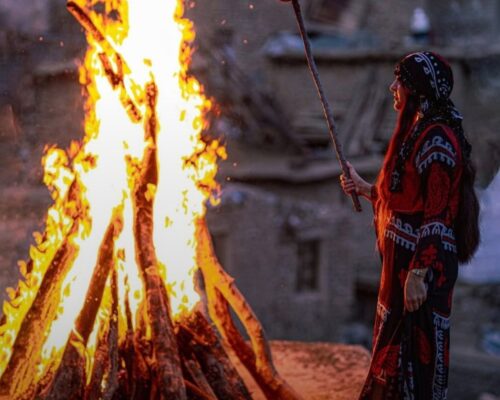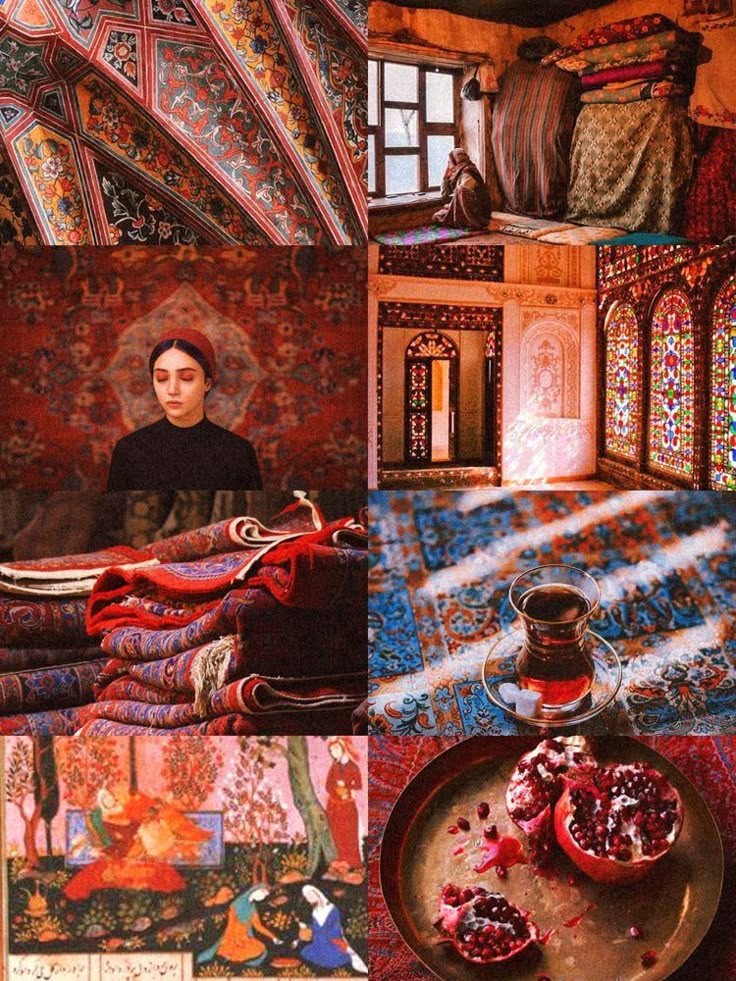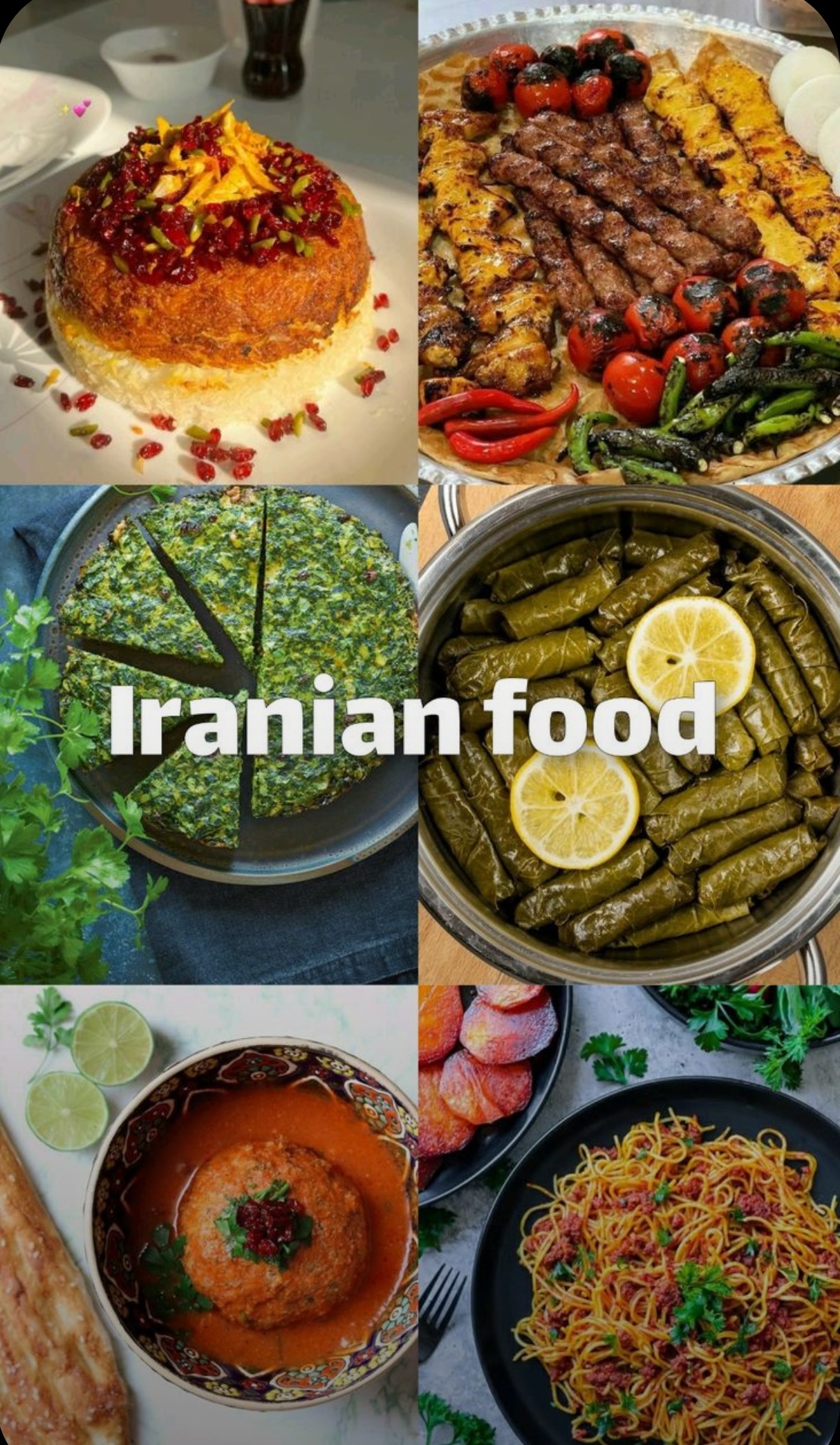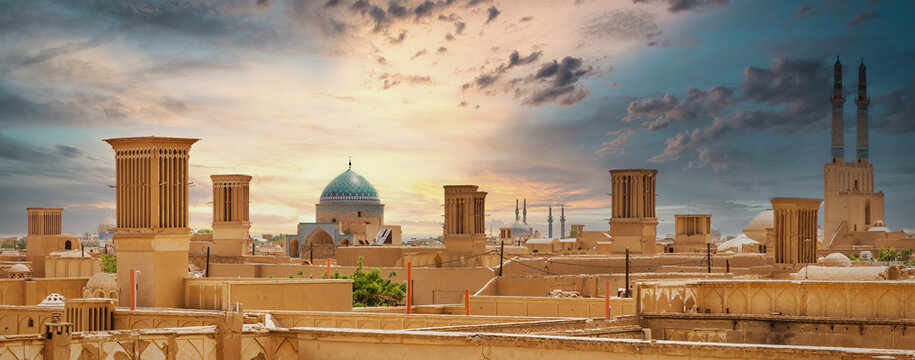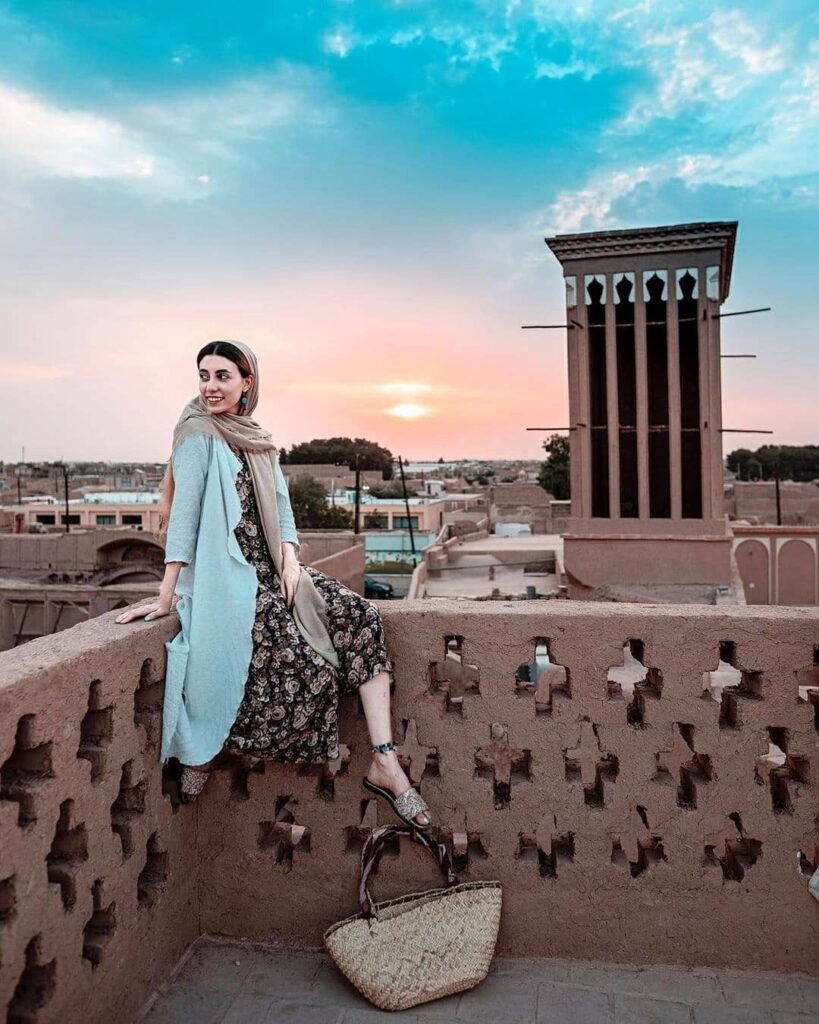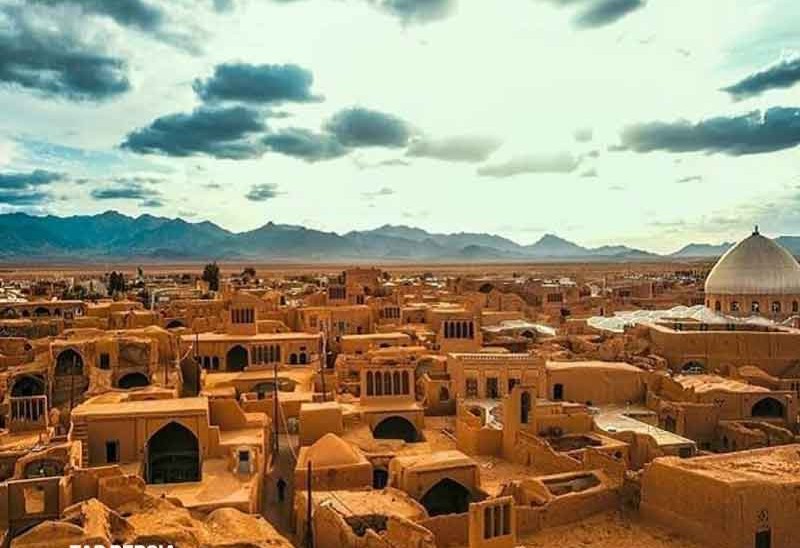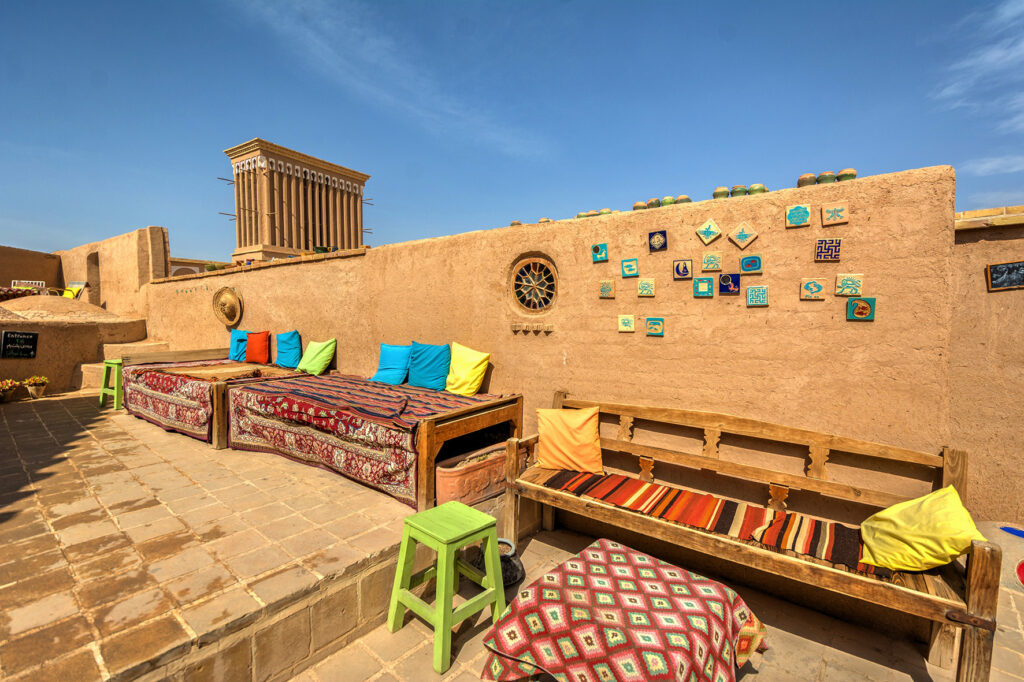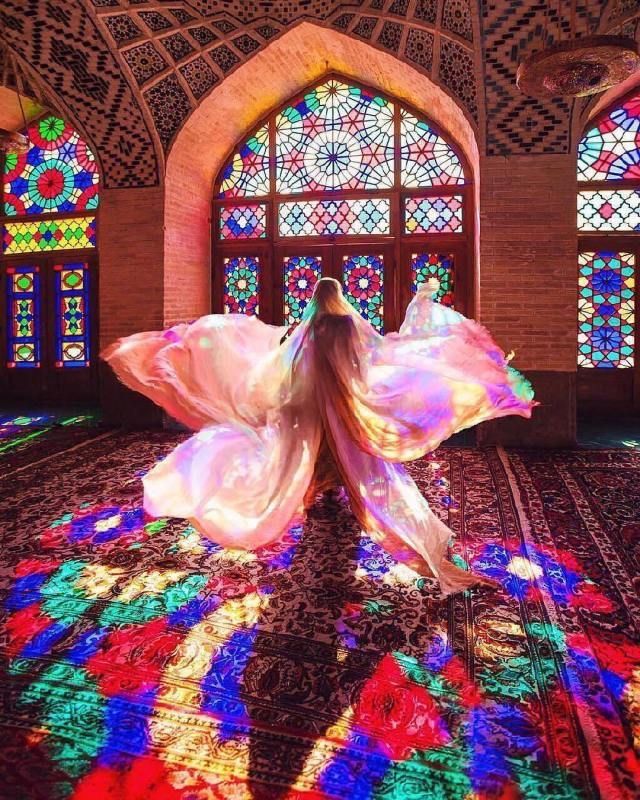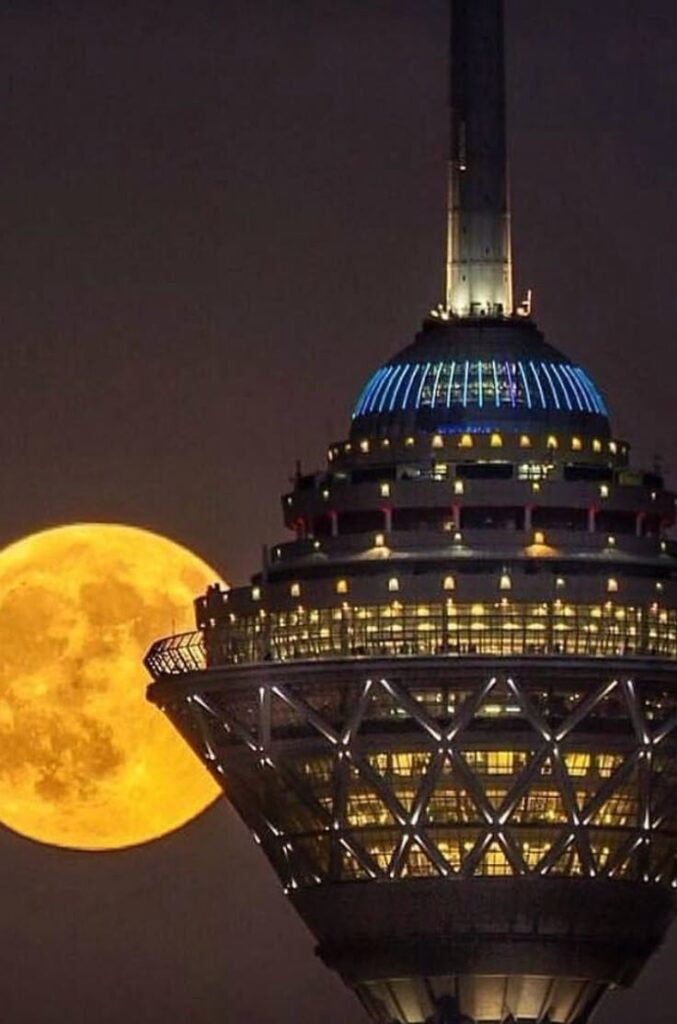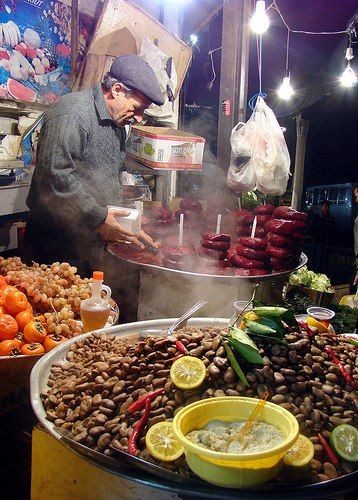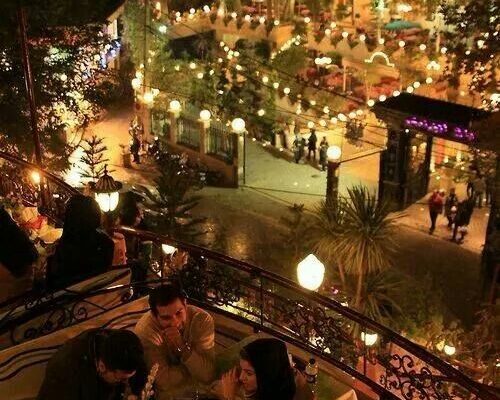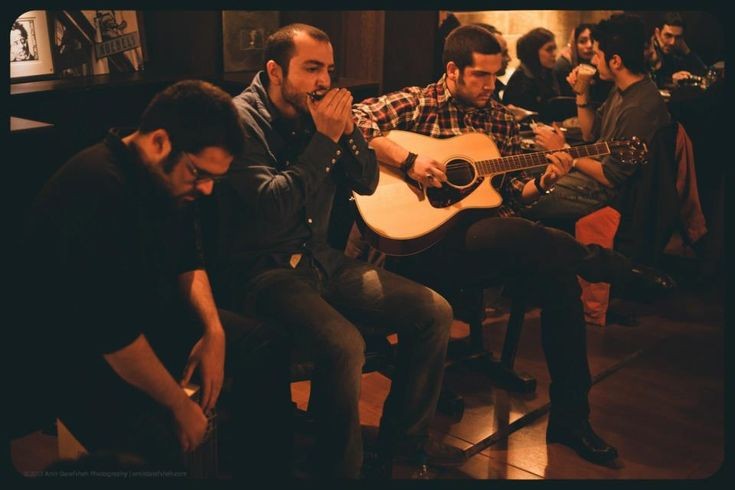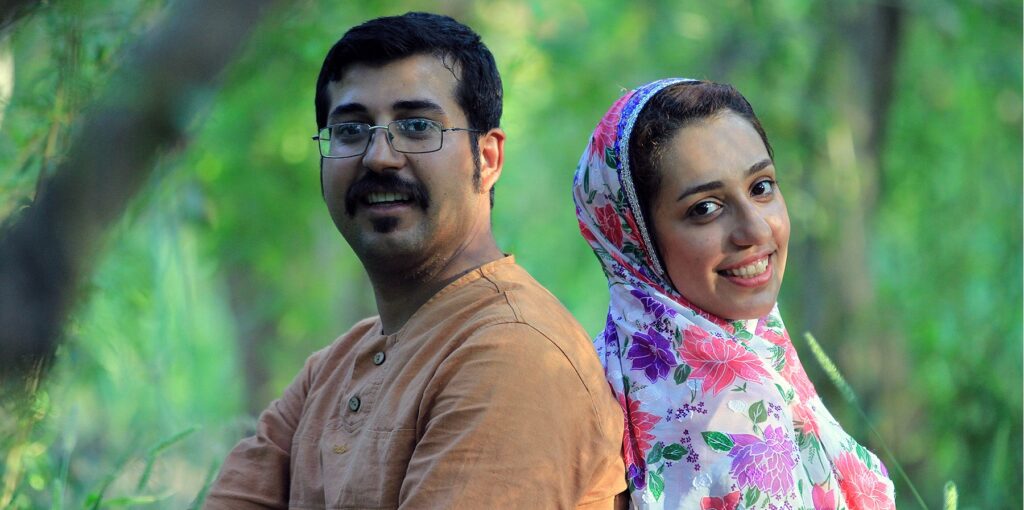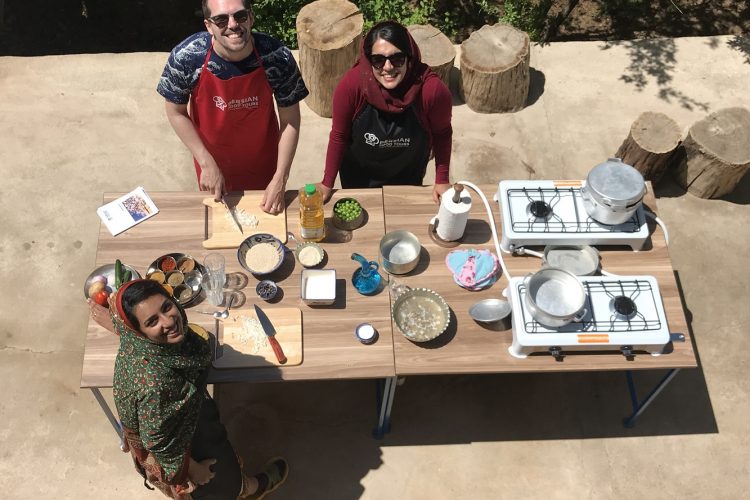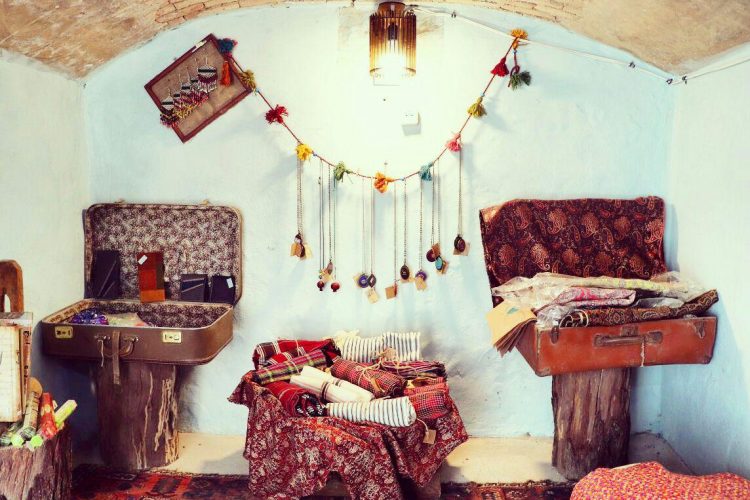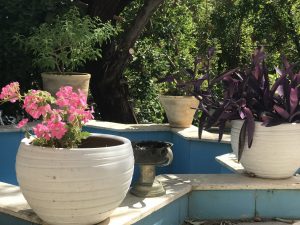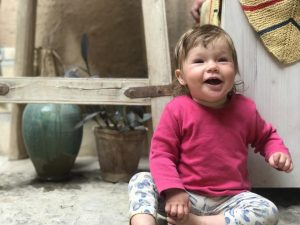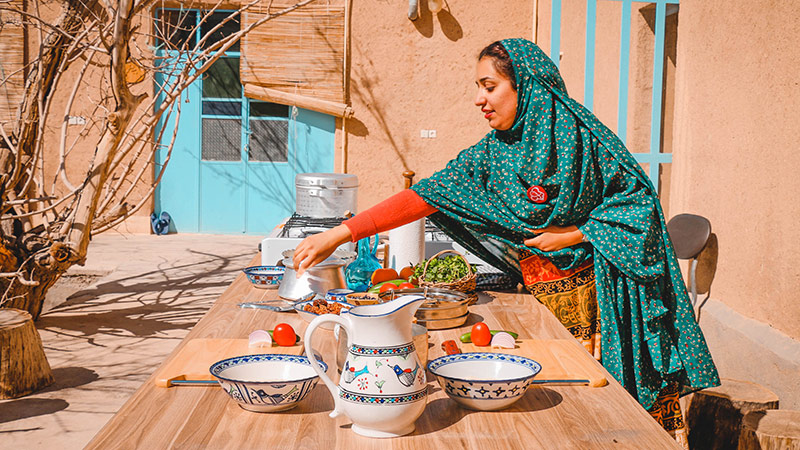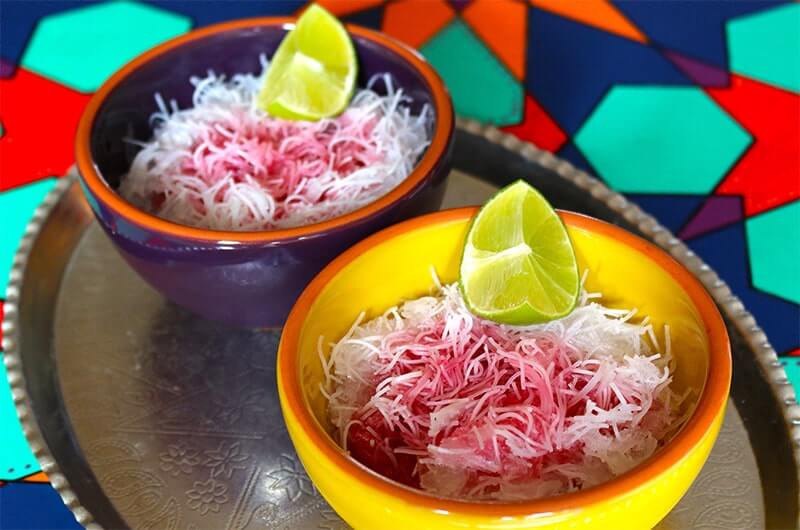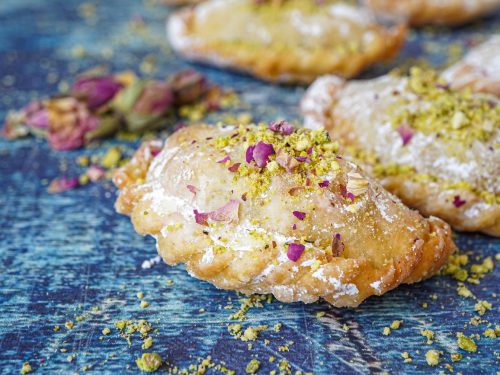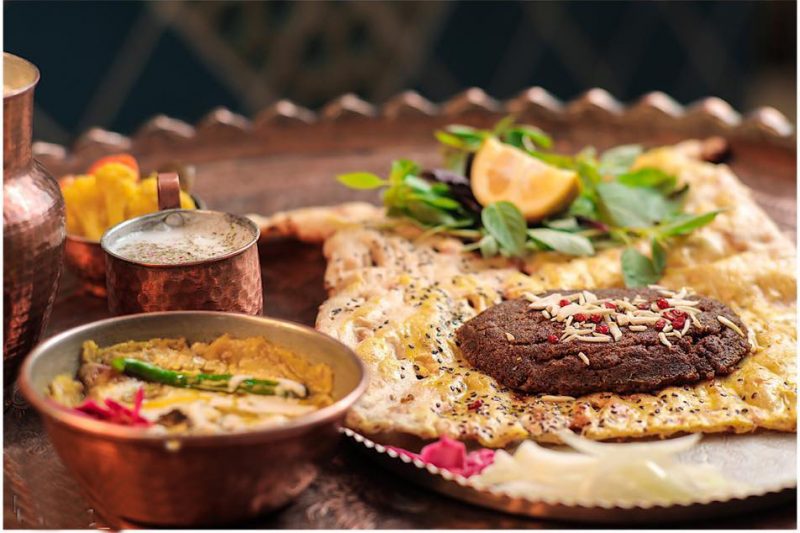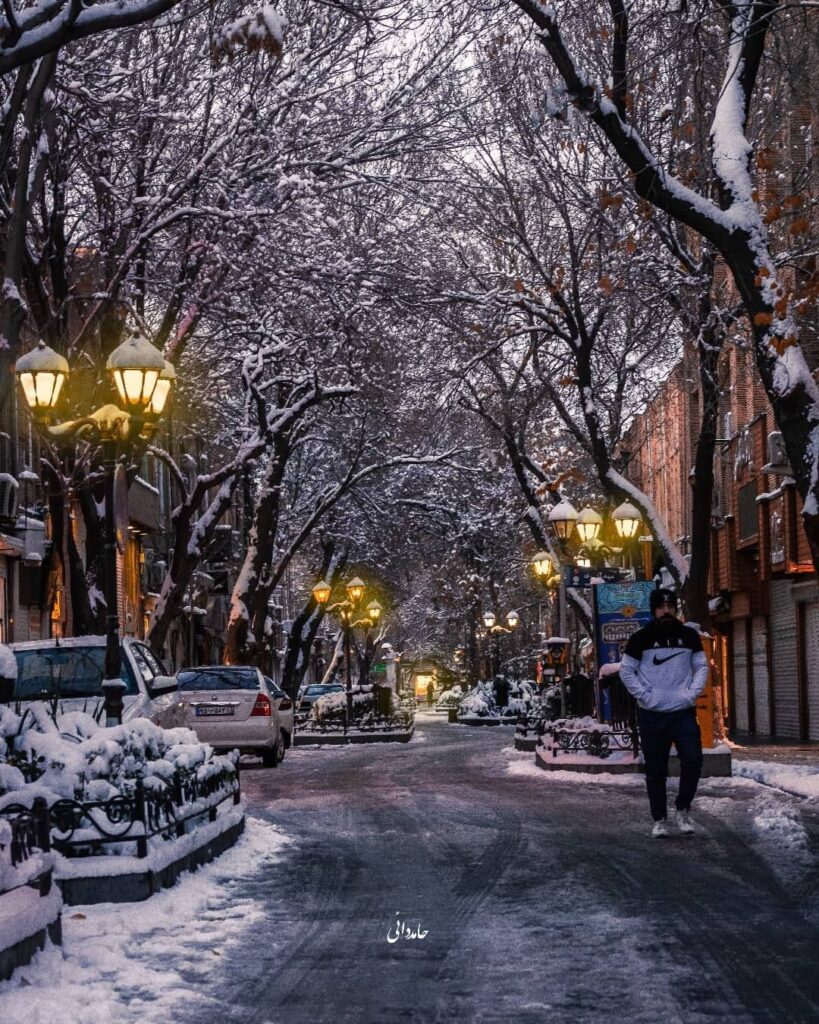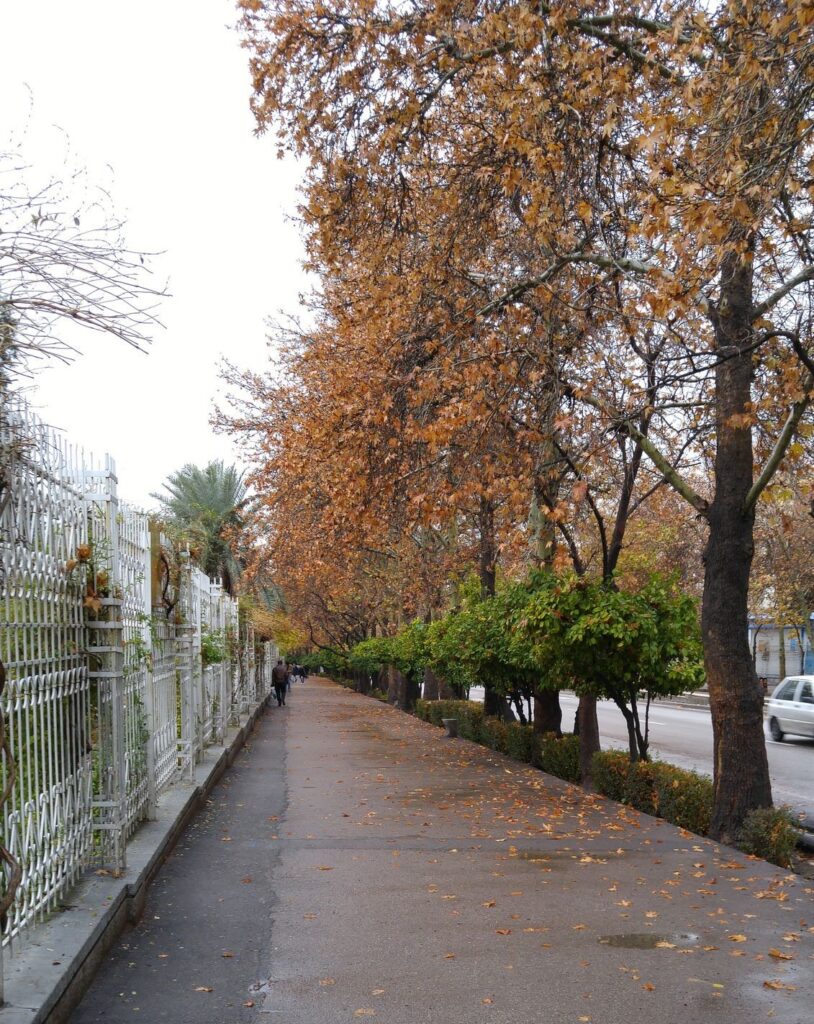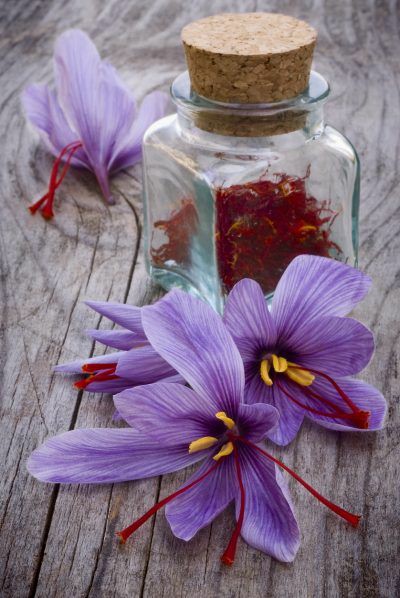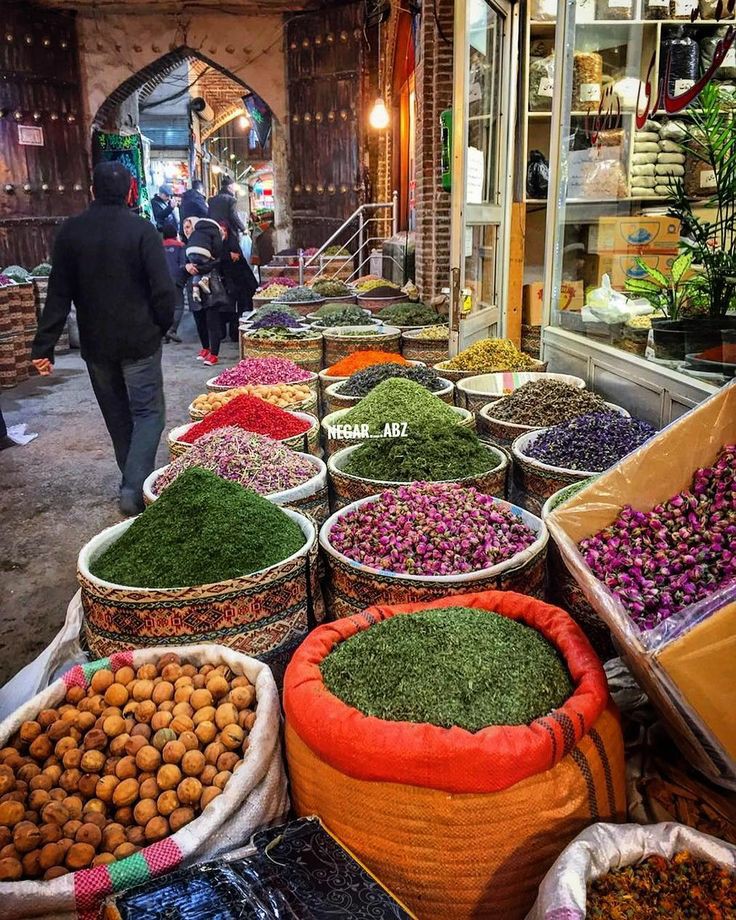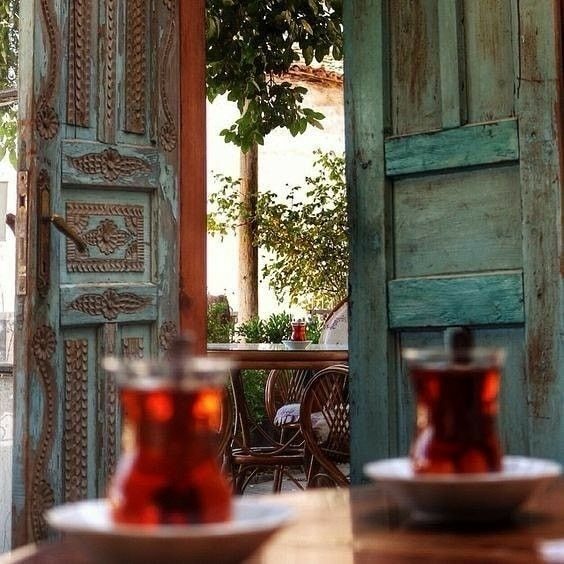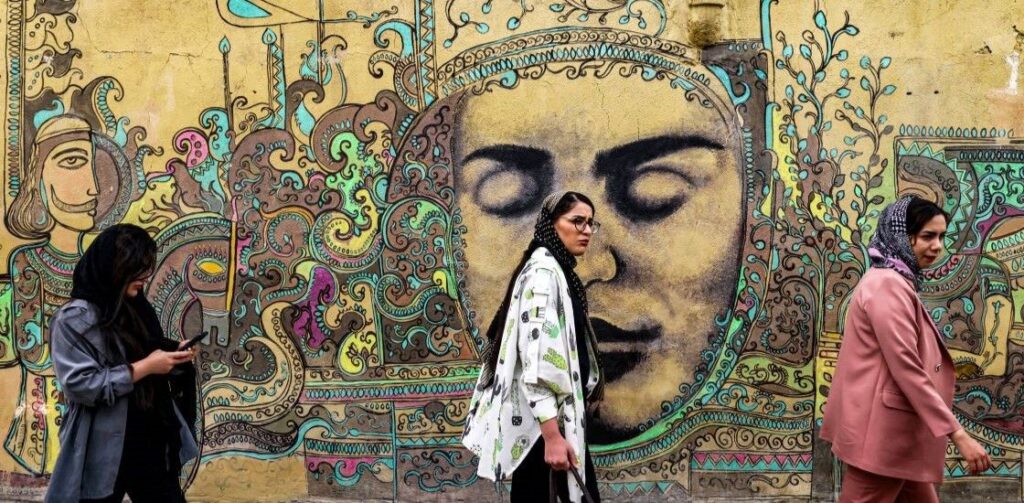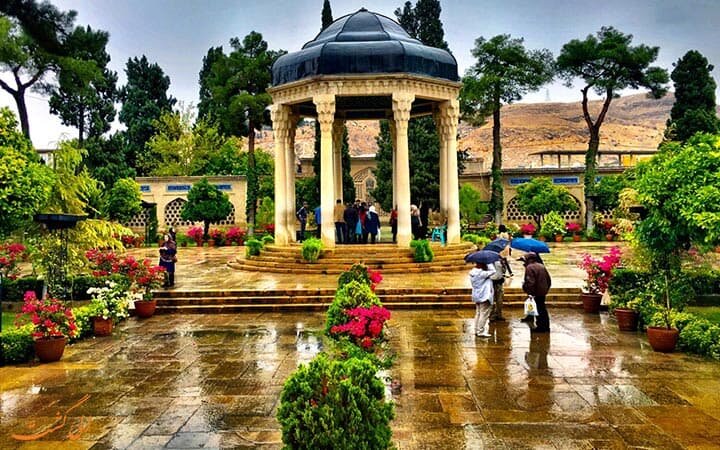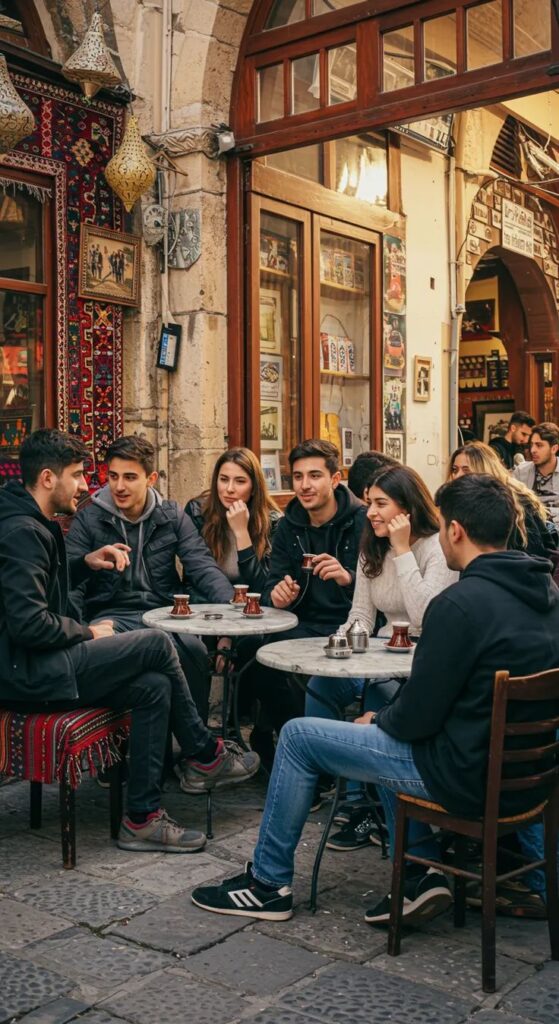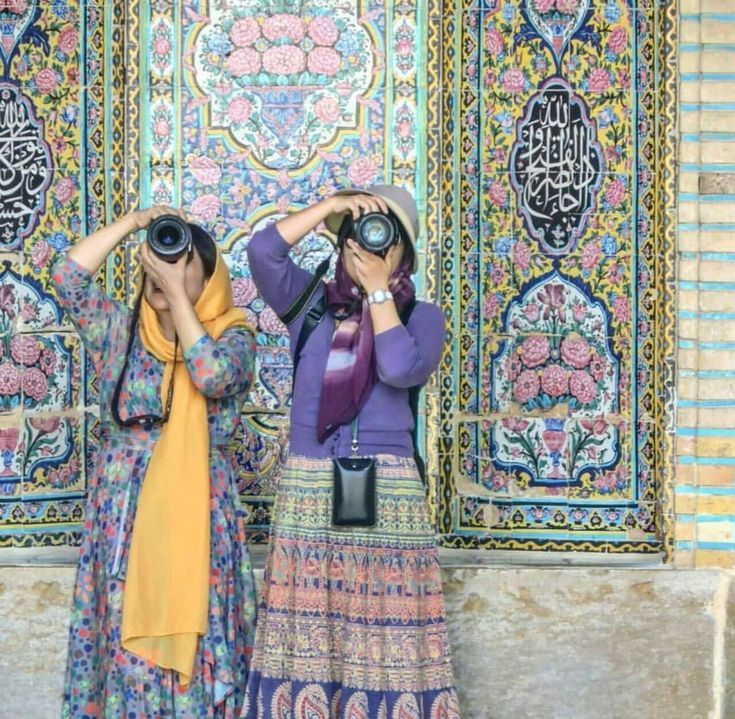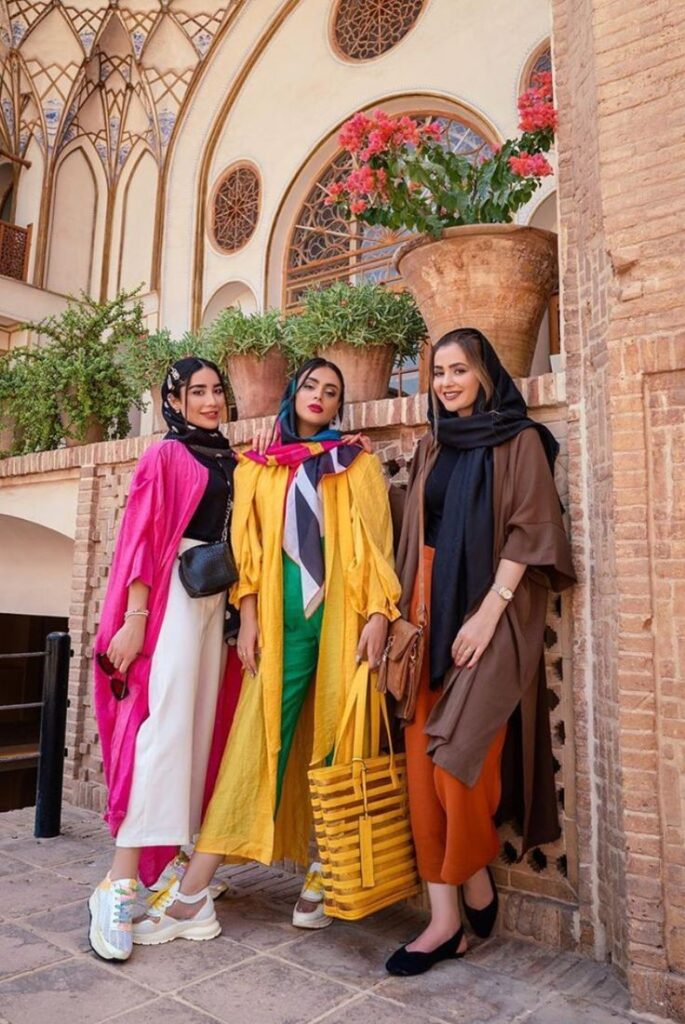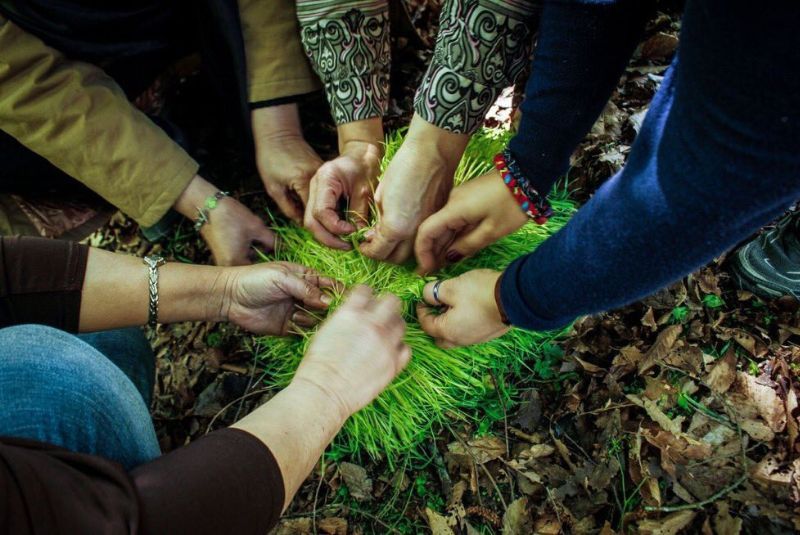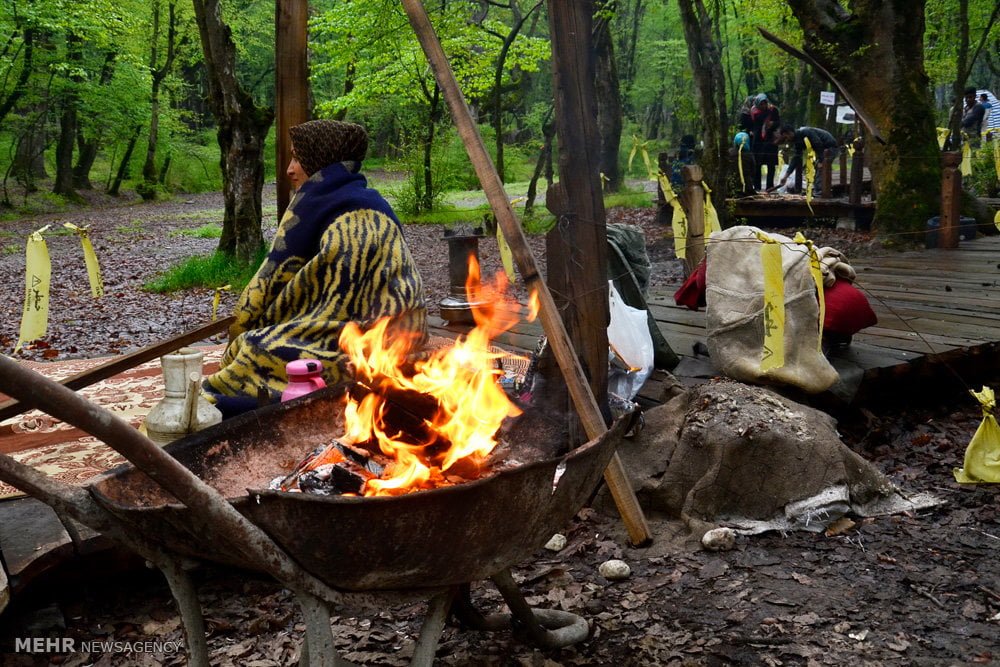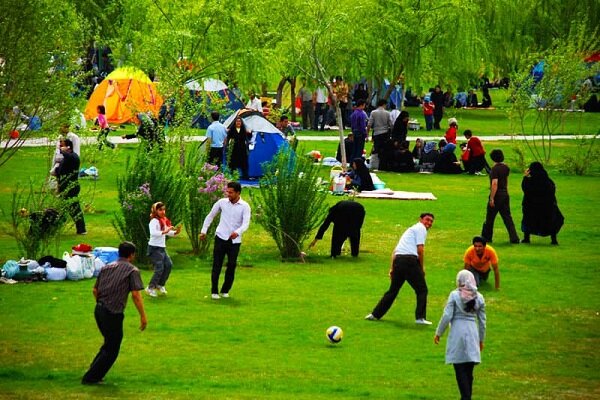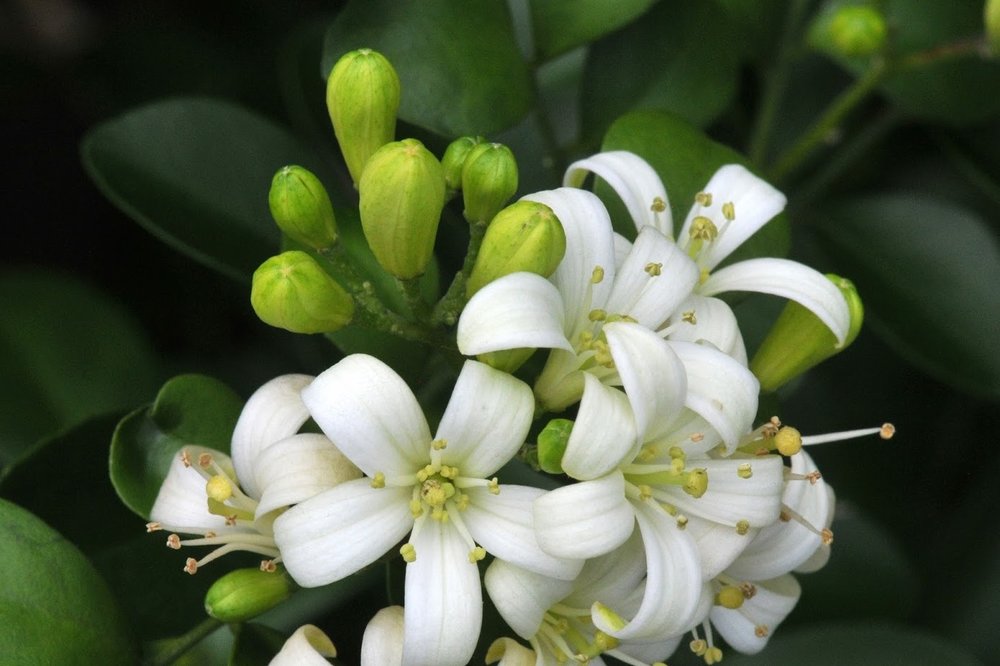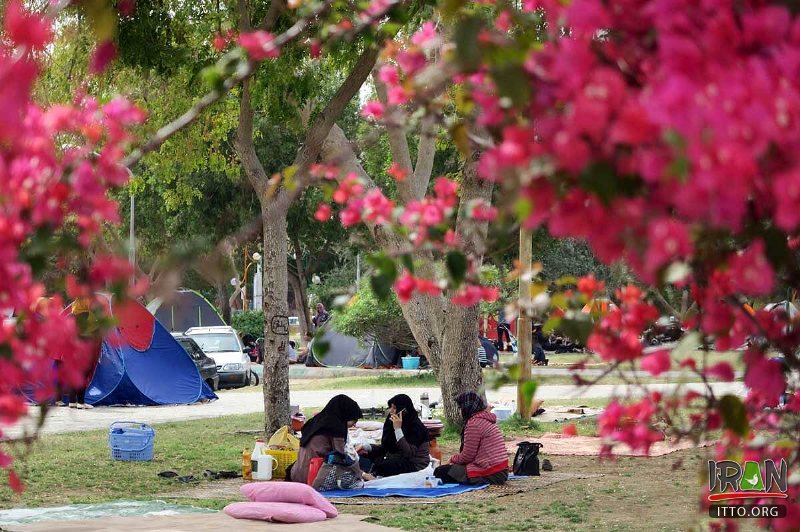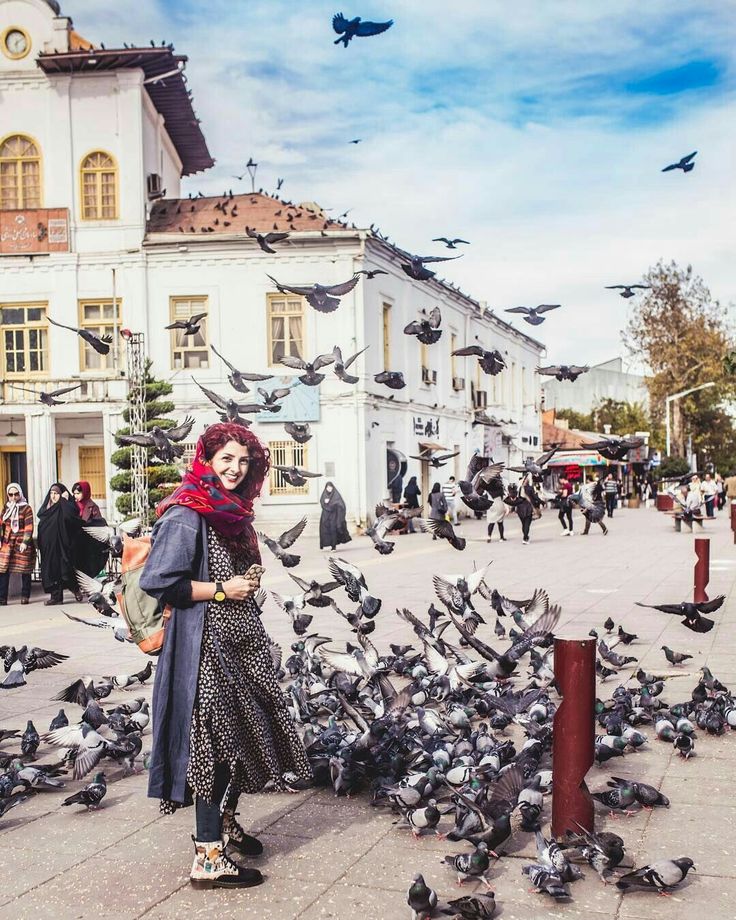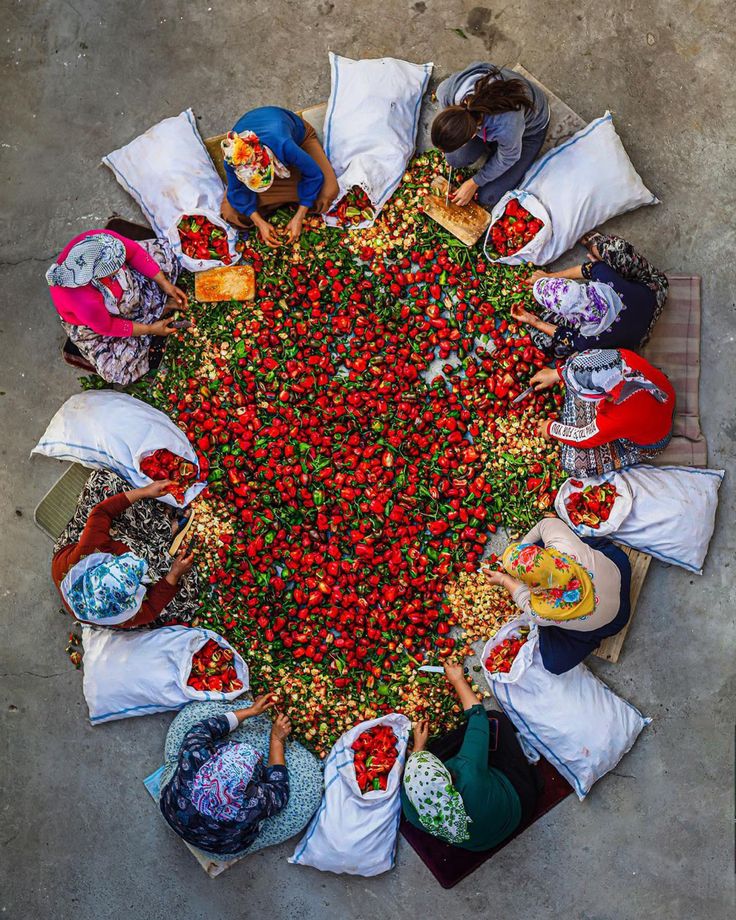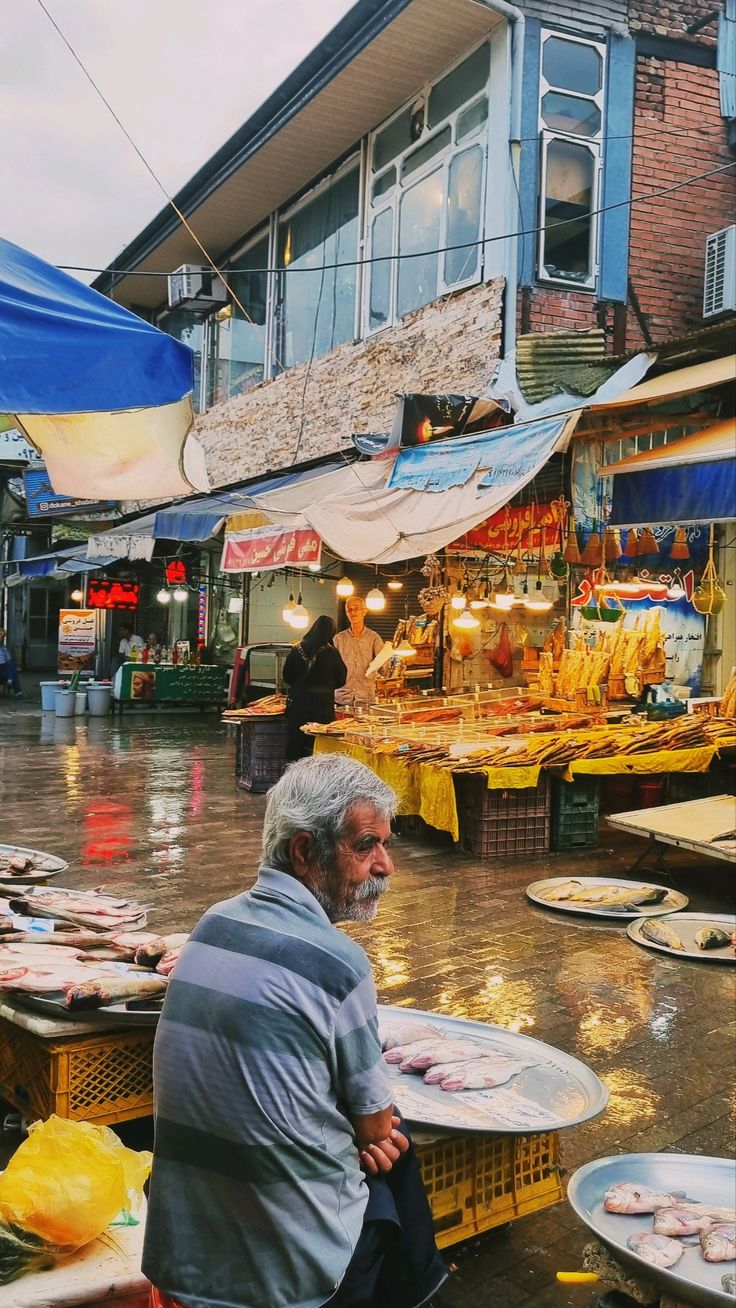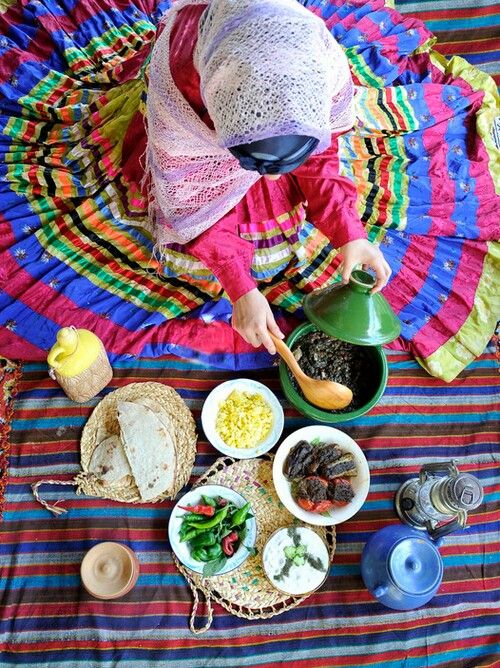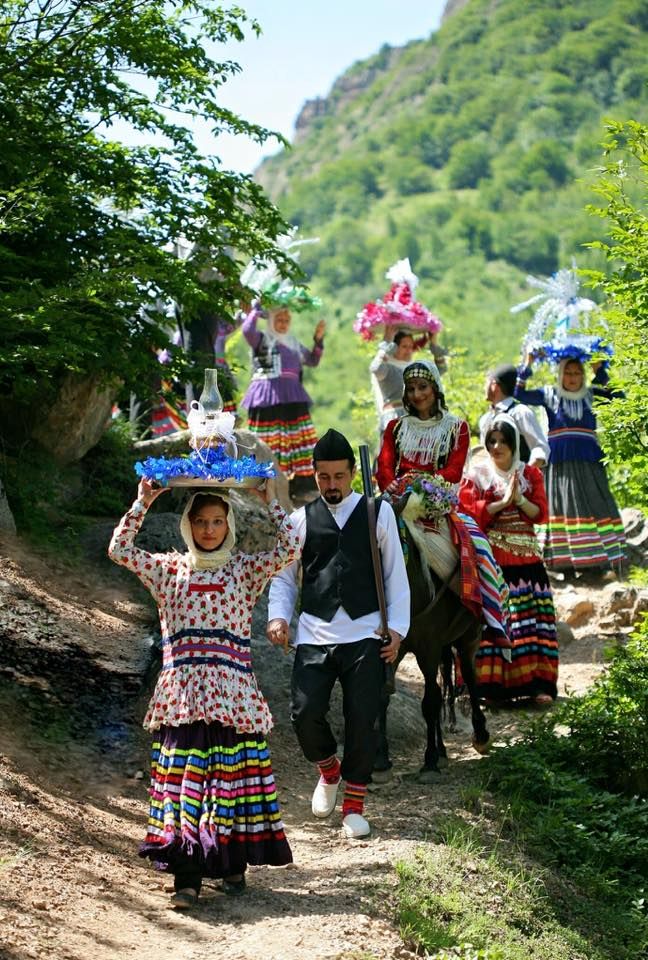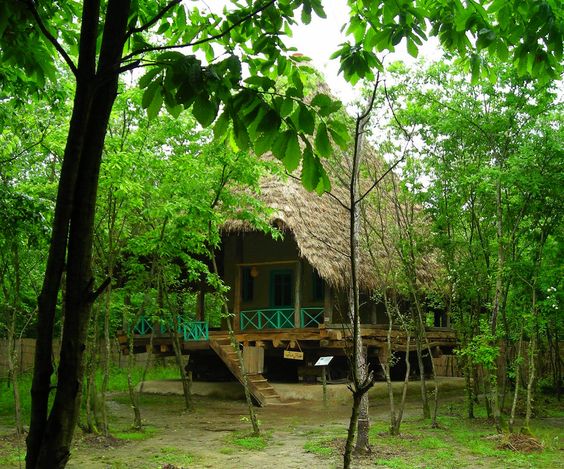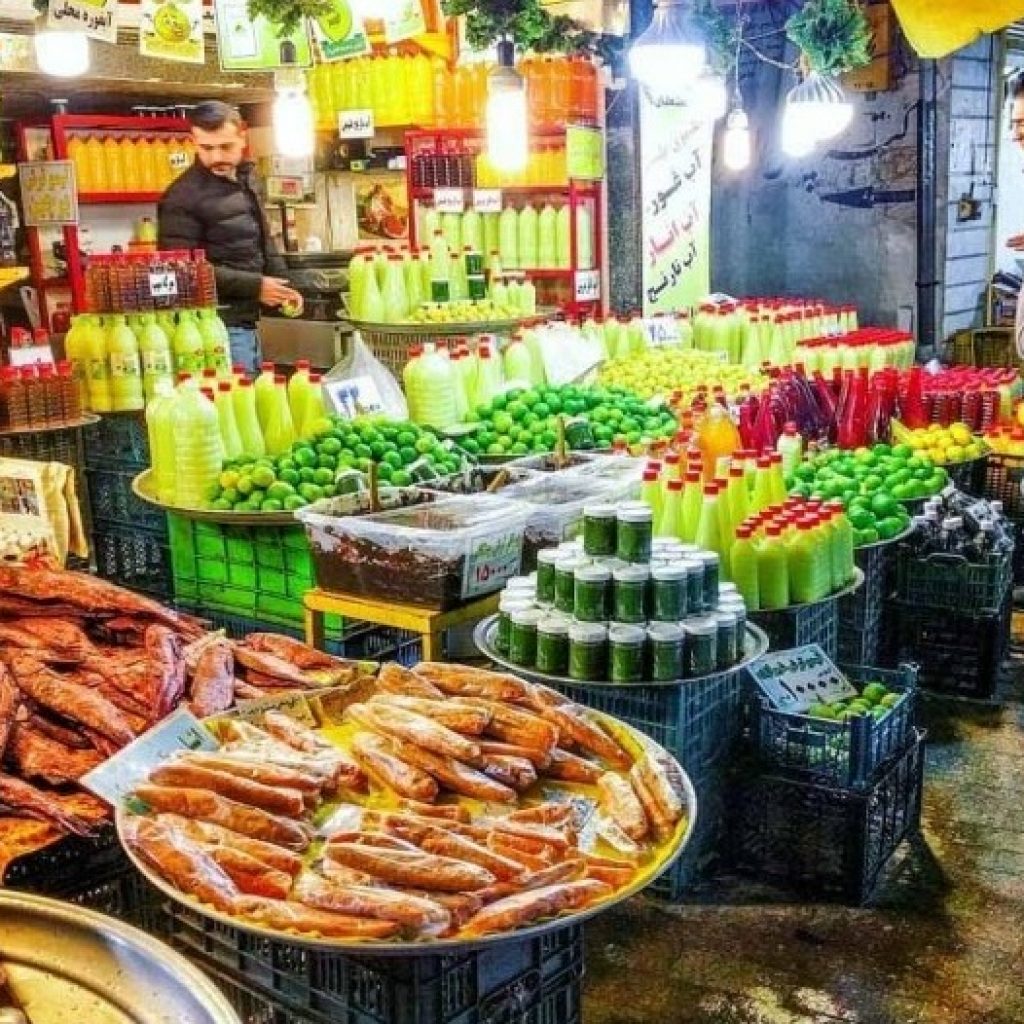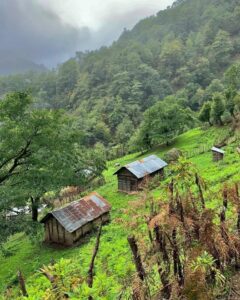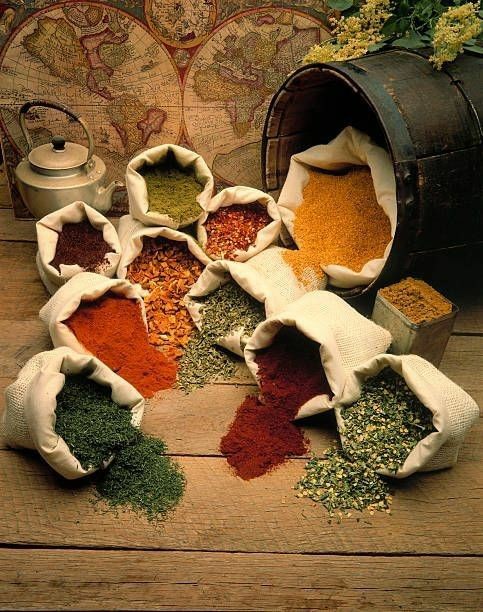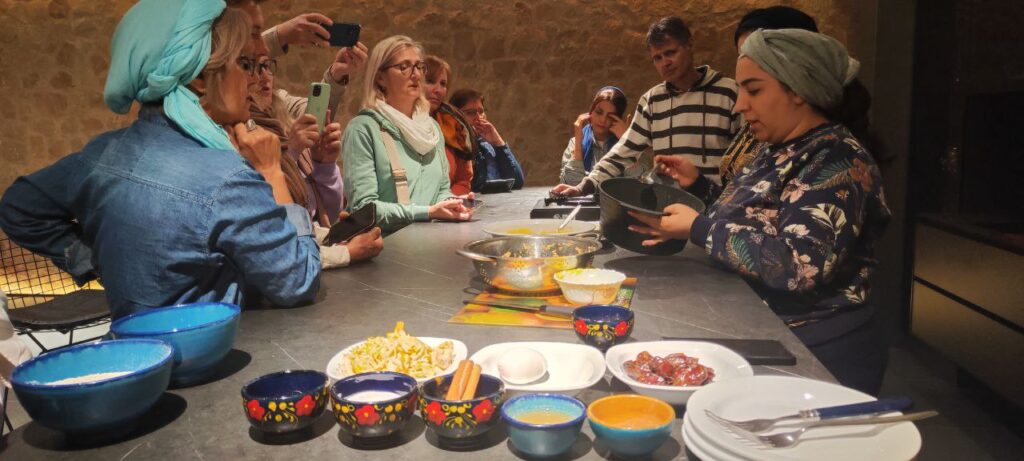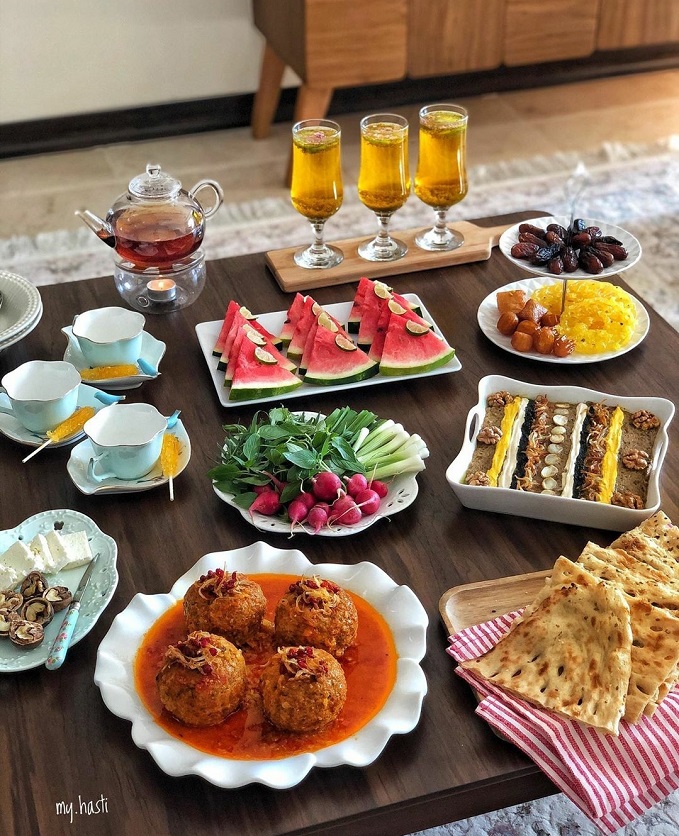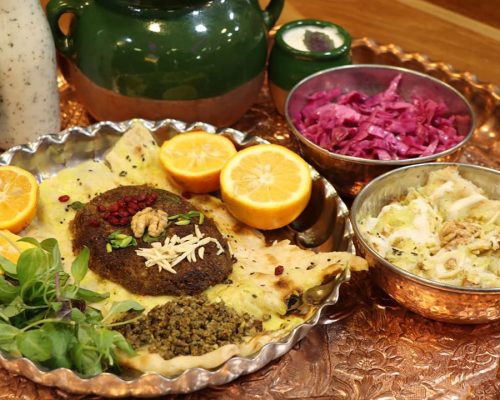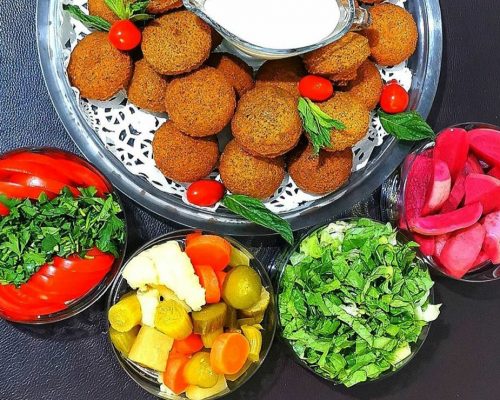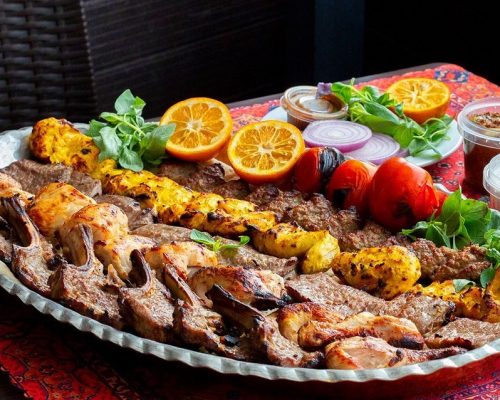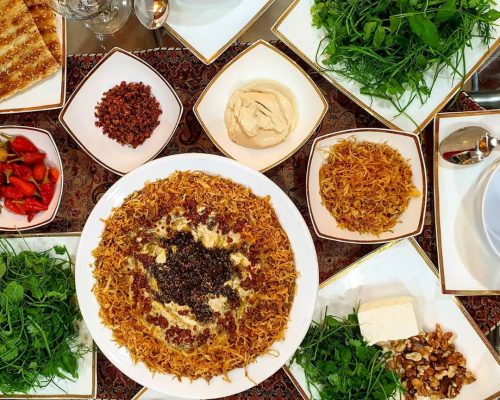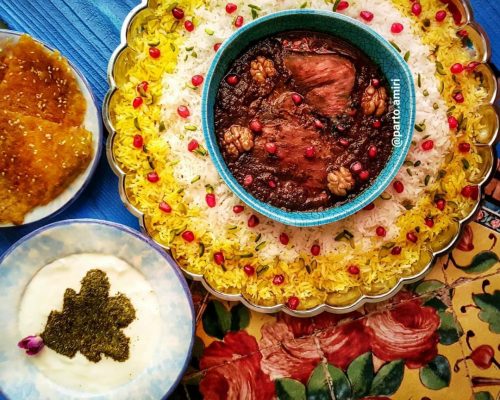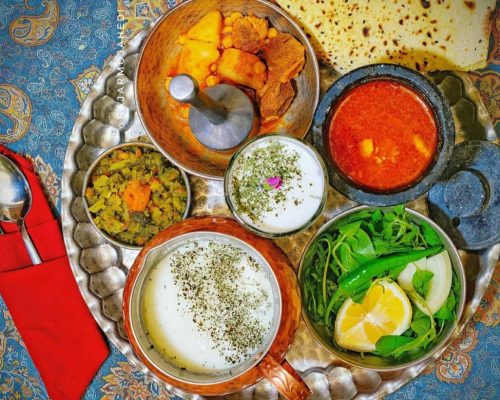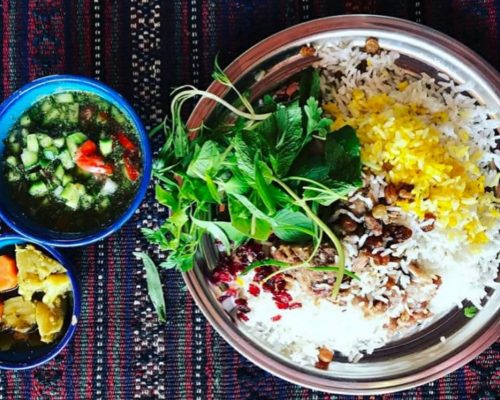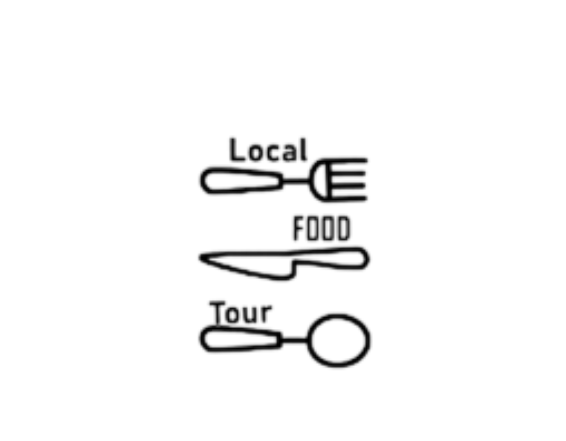Traveling is not just about seeing new places — it’s about feeling welcome, understood, and inspired. At our company, we believe that to truly connect with Chinese travelers, we must first understand what they value most — comfort, connection, and cultural meaning.
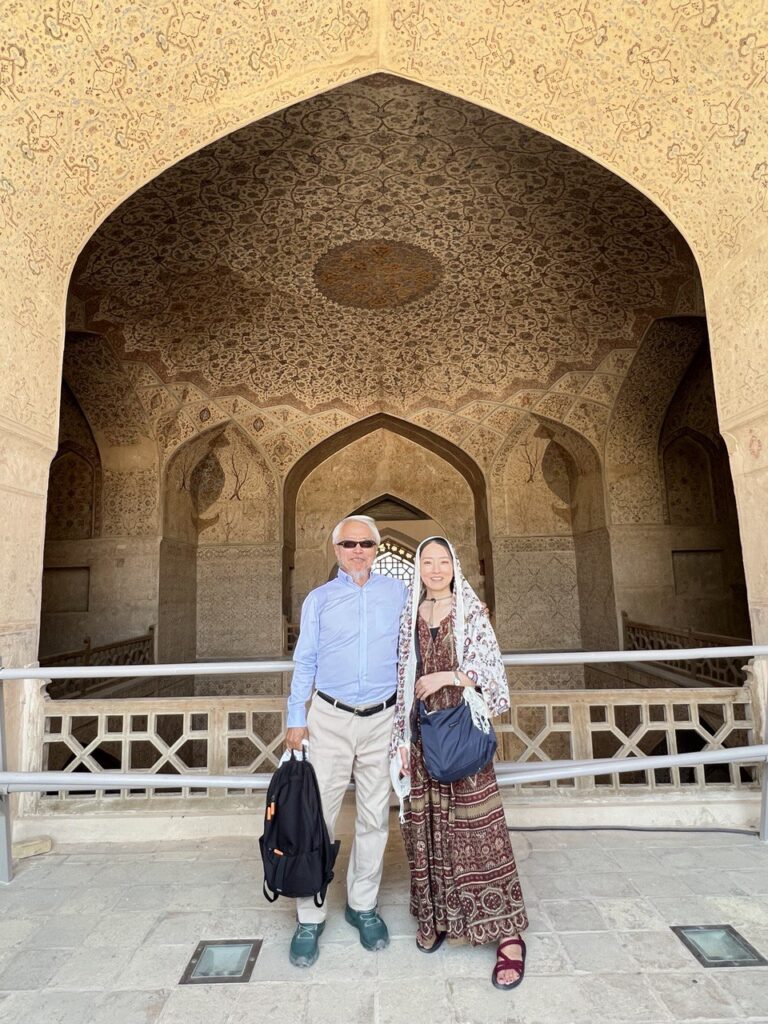
Understanding Chinese Travel Dreams
Chinese travelers are curious explorers. They love discovering stories behind each place, tasting new flavors, and sharing their experiences online. Whether it’s the peaceful beauty of a Persian garden, the aroma of saffron rice, or the charm of an ancient bazaar, every detail matters.
We know that many Chinese guests enjoy organized and smooth travel experiences, where everything — from airport pickup to language support — feels effortless. They also appreciate photo-friendly moments to share on Xiaohongshu or WeChat, and we make sure every itinerary includes such moments: a tea ceremony at sunset in Shiraz, colorful spice shops in Isfahan, or the mirror halls of Golestan Palace in Tehran.
Creating a China-Friendly Experience
Our marketing and services are designed with the Chinese traveler in mind. We offer Mandarin-speaking guides, Chinese menus at selected hotels, and cashless payment options through WeChat Pay and Alipay. We also understand how important food comfort is — so while we introduce authentic Persian dishes, we always include options that suit Chinese tastes, such as stir-fried rice or light soups alongside Iranian favorites.
We know that travelers from China care deeply about storytelling and aesthetics, so our tours highlight Iran’s art, poetry, and traditional craftsmanship in ways that resonate emotionally. For example, visiting a Persian carpet workshop isn’t just sightseeing — it’s about touching the soft wool, hearing the rhythm of weaving, and seeing how colors come alive like brushstrokes in a painting.

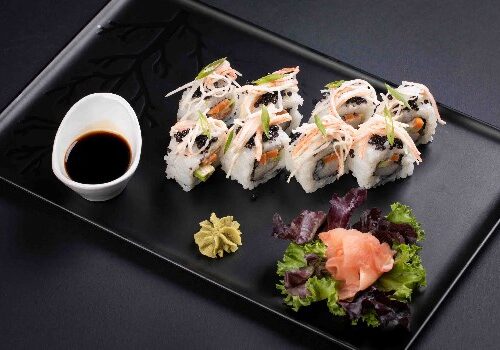
Digital and Emotional Connection
We don’t just promote tours; we build bridges. Our online content strategy is designed for Chinese social platforms — short videos for Douyin, photo stories for Xiaohongshu, and cultural posts for WeChat. Each one tells a small story about Iran’s beauty, hospitality, and traditions.
From the soft lights of Yazd at night to the laughter of locals in a Shiraz bazaar, we bring Iran closer — not just as a destination, but as a feeling.
A Promise to Our Chinese Guests
By understanding what Chinese travelers seek — safety, comfort, beauty, and authenticity — we’ve tailored every detail of our tours to meet those needs. We invite you to see Iran not just through your camera, but through your heart.
Let us guide you through the colors, flavors, and stories of this land — in a way that feels familiar, yet wonderfully new.
